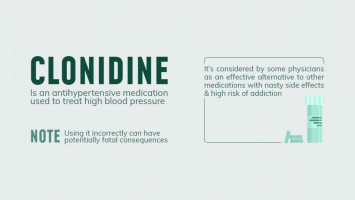Top 5 Things to Know About Zoonotic Diseases
People gain much from animals. Many individuals have everyday interactions with animals, both at home and away from home. Animals give humans all throughout ... read more...the world with food, fiber, livelihoods, travel, sport, friendship, and education. Animals, on the other hand, can carry hazardous bacteria that can transmit to humans and cause illness; these are known as zoonotic illnesses or zoonoses. Zoonotic illnesses are caused by pathogenic bacteria, viruses, parasites, and fungus. And here is some information that you should know about Zoonotic diseases.
-
Any of a range of diseases that may be transferred to humans by nonhuman vertebrate animals such as mammals, birds, reptiles, amphibians, and fish is referred to as a zoonotic disease. A huge number of domestic and wild animals are zoonotic disease sources, and there are different modes of transmission. Public health veterinarians play an important role in zoonotic disease monitoring, prevention, and control, but risk reduction in humans and other animal species increasingly necessitates interdisciplinary teams and a unified understanding of medicine.
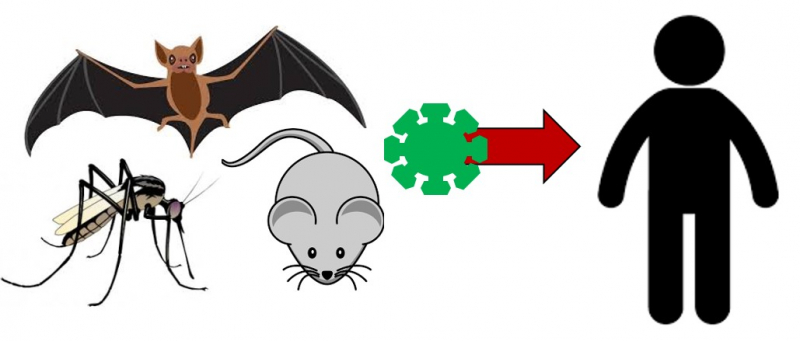
inside.ewu.edu https://www.youtube.com/watch?v=J4YJ0xIZxOo -
Because of the intimate relationship between humans and animals, it is critical to be aware of the frequent ways in which people can become infected with microorganisms that cause zoonotic illnesses. These can include:
- Direct contact: Coming into contact with the saliva, blood, urine, mucous, feces, or other body fluids of an infected animal. Examples include petting or touching animals, and bites or scratches.
- Indirect contact: Coming into contact with areas where animals live and roam, or objects or surfaces that have been contaminated with germs. Examples include aquarium tank water, pet habitats, chicken coops, barns, plants, and soil, as well as pet food and water dishes.
- Vector-borne: Being bitten by a tick, or an insect like a mosquito or a flea.
- Foodborne: Each year, 1 in 6 Americans get sick from eating contaminated food. Eating or drinking something unsafe, such as unpasteurized (raw) milk, undercooked meat or eggs, or raw fruits and vegetables that are contaminated with feces from an infected animal. Contaminated food can cause illness in people and animals, including pets.
- Waterborne: Drinking or coming in contact with water that has been contaminated with feces from an infected animal.
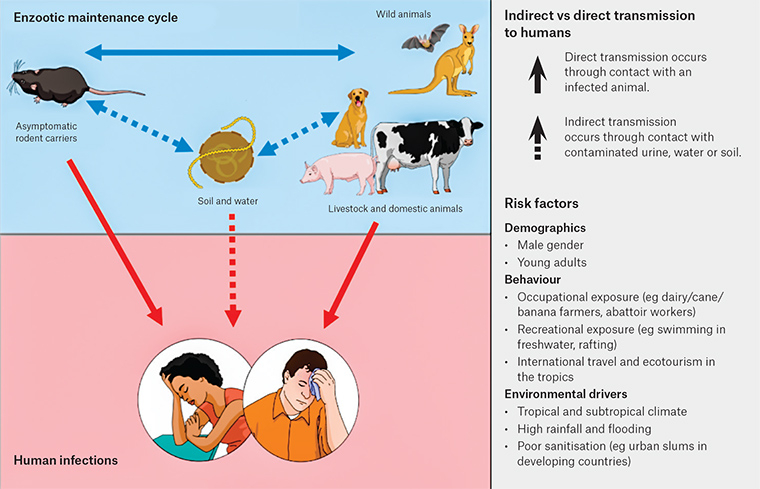
BioMed Central 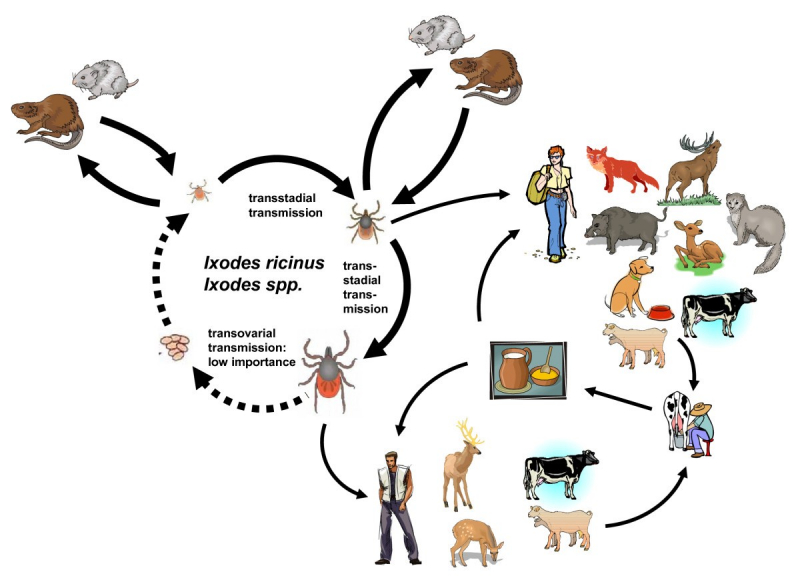
BioMed Central - Direct contact: Coming into contact with the saliva, blood, urine, mucous, feces, or other body fluids of an infected animal. Examples include petting or touching animals, and bites or scratches.
-
Bacteria, viruses, parasites, and fungus are all types of disease agents that cause zoonotic illness. Although zoonotic illnesses are classified according to their infectious agents, they may also be split into those that are transferred from nonhuman animals to people and those that are transmitted from humans to nonhuman animals. Examples of complicated zoonotic disease transmission pathways include the spread of Mycobacterium tuberculosis from people to cattle and elephants, as well as the spread of methacillin-resistant Staphylococcus aureus (MRSA) from humans to horses and back to humans. Foot-and-mouth disease in cattle is an example of a zoonotic illness since it is seldom transferred between nonhuman animals and humans.
Zoonotic illnesses can also be classed based on their life cycle. Orthozoonoses are diseases that are transmitted directly (e.g., by direct touch or a mechanical vector) and are maintained in nature in a single vertebrate host species; an example is rabies, which is maintained by canids. Cyclozoonoses, such as echinococcosis, need the growth of more than one vertebrate host. Trypanosomiasis is an example of a metazoonose that requires both a vertebrate and an invertebrate host. Saprozoonoses are zoonotic illnesses that need a vertebrate host and another sort of environmental reservoir (e.g., food or soil). Saprozoonoses include listeriosis and histoplasmosis.
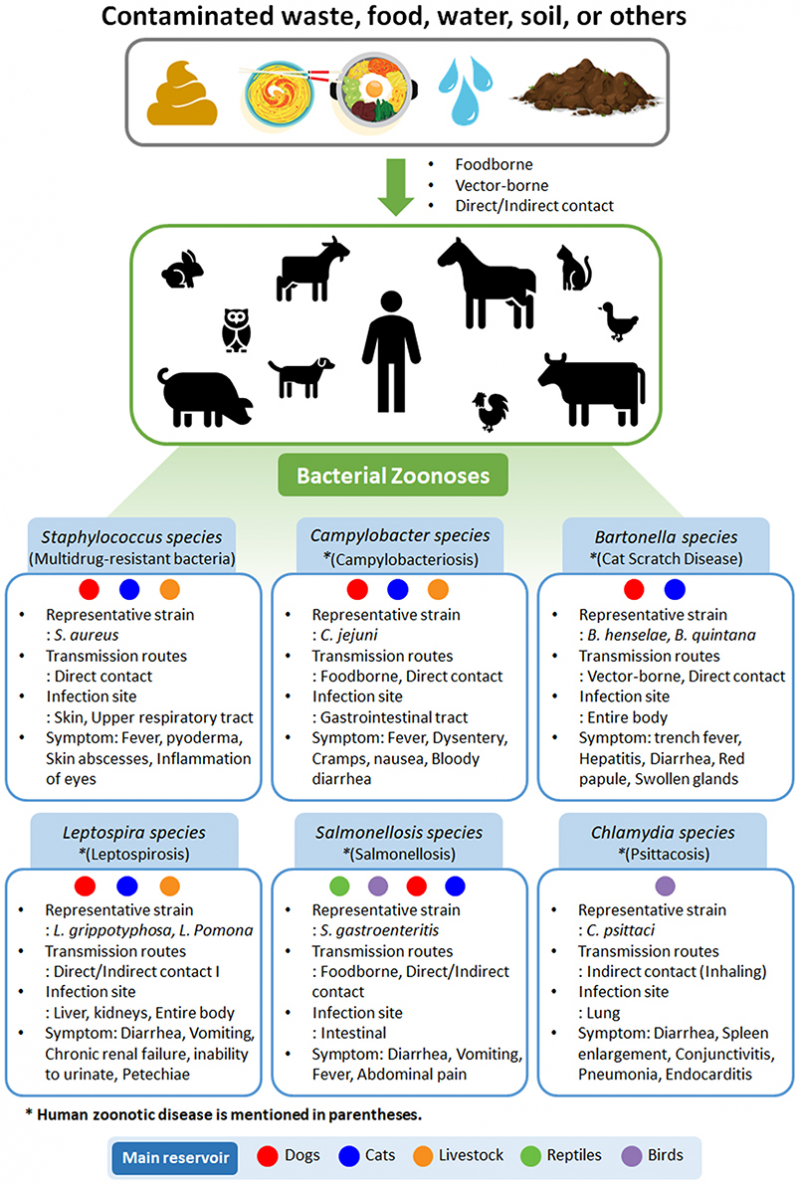
foodmicrobiology.academy https://www.youtube.com/watch?v=8x2-NE4PFoY -
A zoonotic illness can infect anybody who comes into touch with an affected animal, vector, or polluted place. However, the risk of disease, clinical indications of disease, and mortality are not distributed evenly across people. Certain risk variables influence the proportion of patients who remain asymptomatic and the case fatality rate (the proportion of sick people who die). Age, for example, is frequently linked to illness severity. Very young children and the elderly are more prone than older children and healthy adults to develop potentially deadly hemolytic uremic syndrome (HUS) if they become infected with Escherichia coli O157:H7 by contact with animals or their surroundings.
Hantavirus, on the other hand, appears to be more lethal in fit young adults and middle-aged people, probably due to the higher risk of such people coming into touch with the infectious agent. Immunosuppression from a previous disease or medicine increases the chance of being infected with a zoonotic disease. Cryptosporidiosis, for example, caused by Cryptosporidium parvum and transmitted to people by contact with calves, their dung, or manure-contaminated items or food, can arise as a coinfection with acquired immunodeficiency syndrome (AIDS). Normally a self-limiting condition, cryptosporidiosis in AIDS patients can cause significant sickness, occasionally leading to death.
People who do not have a functional spleen are at a higher risk of disease and death from Capnocytophaga canimorsus infection, which can be contracted through contact with cats or dogs (particularly through dog bites). People who take chloroquine for malaria prophylaxis alongside rabies preexposure vaccines are less likely to build a strong enough immune response to survive a rabies infection.
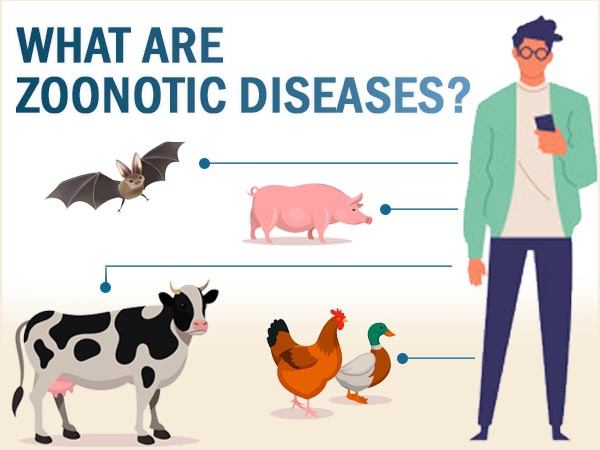
foodmicrobiology.academy 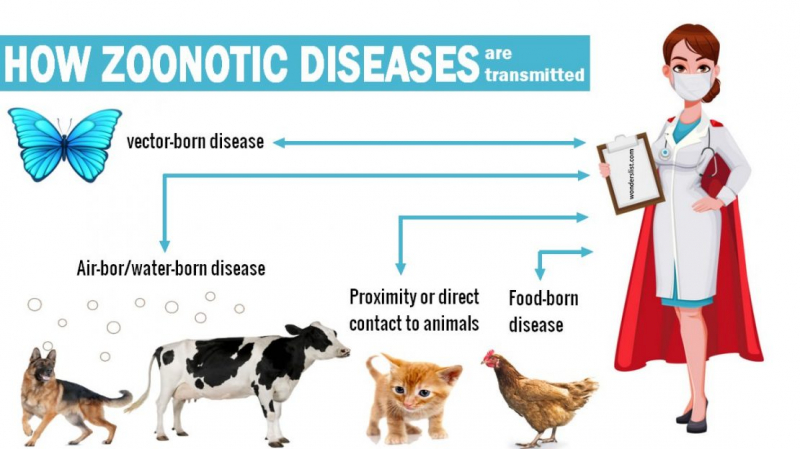
foodmicrobiology.academy -
Zoonotic illnesses are difficult to manage, owing to their animal reservoirs. Most zoonotic diseases, unlike smallpox and polio, cannot be eliminated with rigorous human vaccination efforts. Instead, successful management is based on techniques targeted at minimizing disease burden in wild animals. For example, in the case of rabies, the distribution of baits carrying oral rabies vaccination has resulted in the near-eradication or eradication of variant rabies (e.g., the Arctic fox and red fox variants) from regional wildlife reservoirs (e.g., foxes and raccoons).
When people live in close proximity to domestic animals such as poultry and cattle, the danger of zoonotic illness increases. Although the method makes optimal use of limited land resources and provides continual care and protection for the animals, it also raises the danger of people being infected with disease agents such as HPAI (highly pathogenic avian influenza—e.g., H5N1 virus). Pets, which are frequently found in human households, are a common source of zoonotic illness.
Even in regions where human dwellings and animal facilities are separated, zoonotic illnesses represent a risk to people, owing to human interaction with animals. Large E. coli O157:H7 outbreaks, for example, have been linked to dairy farms, farm-based children's day camps, social gatherings held in facilities previously used for animal shows, fair petting zoos, and polluted fair water systems. Animal management to limit disease burden, management of animal and human connections, and education to reduce exposure are critical control techniques in households and public settings (particularly by handwashing).
https://www.youtube.com/watch?v=_rnsR9HnKGY https://www.youtube.com/watch?v=XeoG6xuXdV4

















